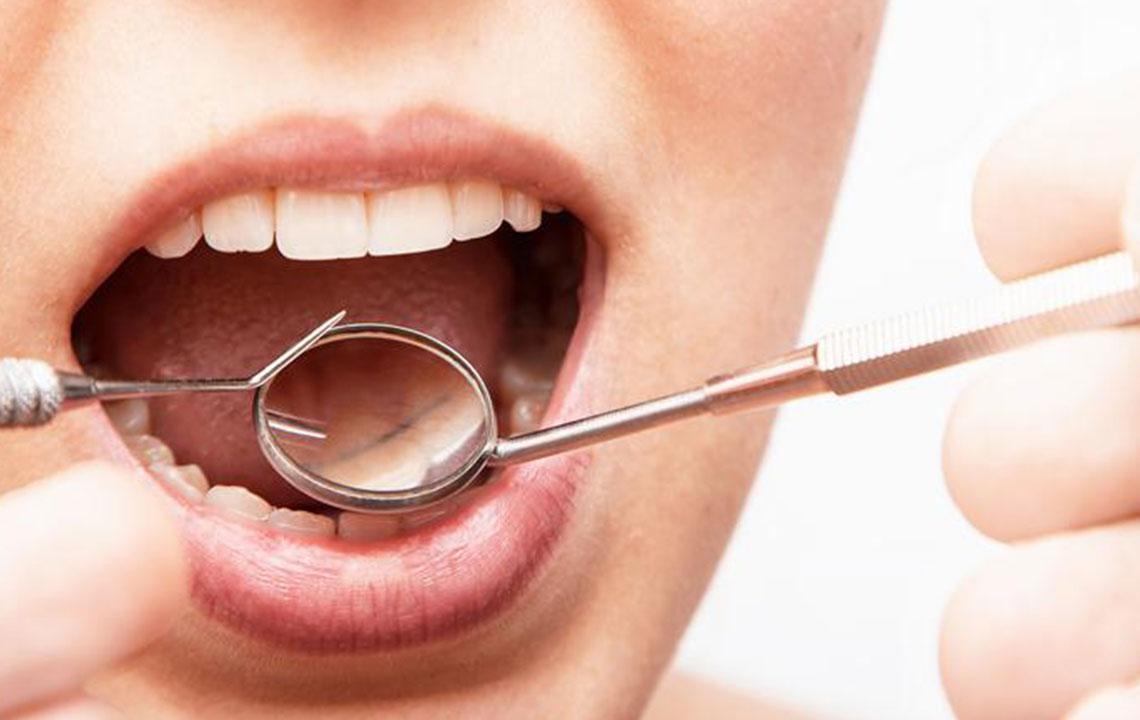Understanding TMJ: Causes, Symptoms, and Effective Treatments
This comprehensive guide explores TMJ, detailing its causes, common symptoms, and effective treatment strategies. It emphasizes the importance of proper diagnosis and highlights conservative management options like dental splints, therapy, and self-care to alleviate jaw discomfort and improve function. Understanding TMJ can help individuals seek appropriate care to manage this common disorder successfully.

Understanding TMJ: Causes, Symptoms, and Effective Treatments
The temporomandibular joint (TMJ) is a hinge connecting your jaw to the skull in front of each ear, allowing movements necessary for talking, chewing, and yawning.
Temporomandibular disorder (TMD), often called TMJ, involves issues with the jaw and facial muscles controlling it. Recognizing its causes and symptoms is essential for effective management.
TMJ problems often result from jaw injuries, impacts, or whiplash. Other common causes include:
The displacement of the disc between the joint's bones.
Arthritis affecting the joint.
Muscle tension due to stress, leading to clenching.
Teeth grinding increasing pressure on the joint.
Symptoms of TMJ include:
Facial pain and jaw tenderness.
Limited movement when chewing or speaking.
Difficulty opening the mouth widely.
Jaw locking in open or closed positions.
Popping or grinding sounds during jaw movement.
The primary aim of TMJ treatment is to restore normal jaw function and alleviate discomfort.
Various treatment options are available, starting with conservative approaches that are simple and reversible. Over-the-counter pain relievers and self-care may suffice for mild cases. For chronic TMJ issues, therapies like muscle relaxation, biofeedback, or cognitive behavioral therapy are beneficial. Dental splints or mouthguards are commonly used; they help reduce muscle tension and stabilize the jaw, especially when disc displacement or muscle spasms occur. Usually, splints are worn during the day and night for at least two weeks, then transitioned to nighttime use or during stressful periods.









